Dogs have long been our partners in more than just companionship—they’ve served as hunters, protectors, and lifesavers. Among the most specialized of canine roles is tracking: the art of following scent trails across terrain, time, and distraction.
From ancient hunting grounds to modern-day rescue operations, tracking dogs use their incredible noses to do what no human tool can replicate.
Some breeds are naturally gifted for scent work, with millions of olfactory receptors and instincts sharpened through centuries of breeding. These dogs are more than just talented—they’re born for the job. But not every tracking dog is the same. Some are built for long-distance stamina, others for sharp scent detection in cluttered environments.
In this article, we’re highlighting nine of the top dog breeds known for their tracking abilities. These breeds bring different styles, personalities, and needs, but they all share one exceptional talent: a nose that never forgets.
Top Tracking Dog Breeds
1. Labrador Retriever

The Labrador Retriever is one of the most versatile dogs when it comes to scent work. Originally bred in Newfoundland to help fishermen retrieve nets and lost lines, Labs transitioned into hunting and service work with ease. Their calm demeanor, strong scent receptors, and drive to please make them an ideal tracking companion.
According to the AKC, Labs are frequently used in search and rescue, drug detection, and cadaver recovery missions. Their gentle temperament also makes them great in chaotic or high-stress environments, where steady behavior is essential. They’re social, attentive, and naturally curious—three key traits for good tracking work.
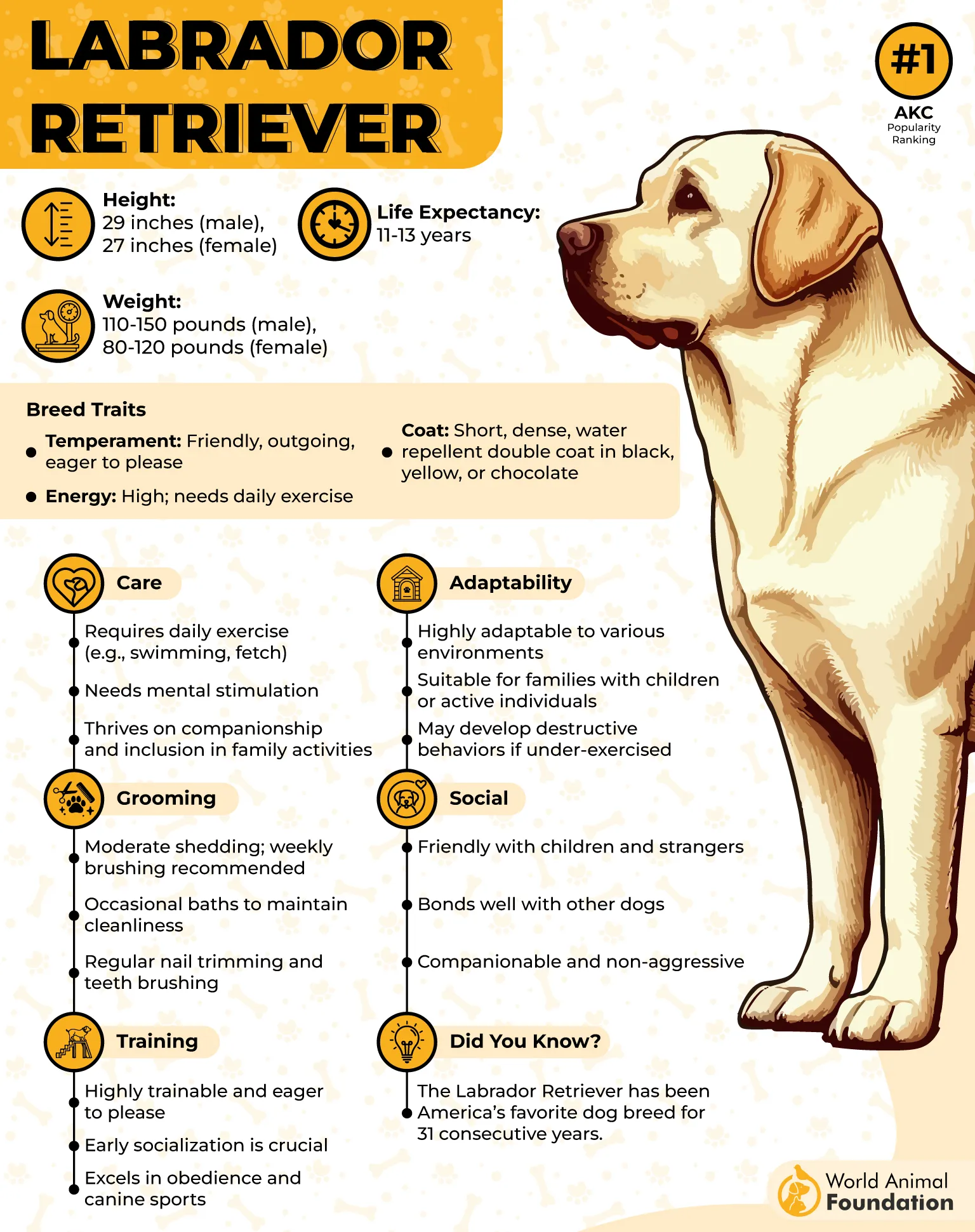
Because they are eager learners, Labradors respond well to obedience and advanced scent training. They thrive when given challenges and love working side by side with their handlers. Puzzle games and scent-based play are excellent outlets for their mental energy.
Physically, Labs are athletic and able to cover long distances. Their weather-resistant coats and sturdy build mean they can work in various conditions, from muddy fields to snowy forests. They also tend to work silently, without baying or barking on the trail.
Fun Fact:
Labrador Retrievers are used by search teams to detect everything from avalanche victims to endangered wildlife scat for conservation studies.
2. Beagle
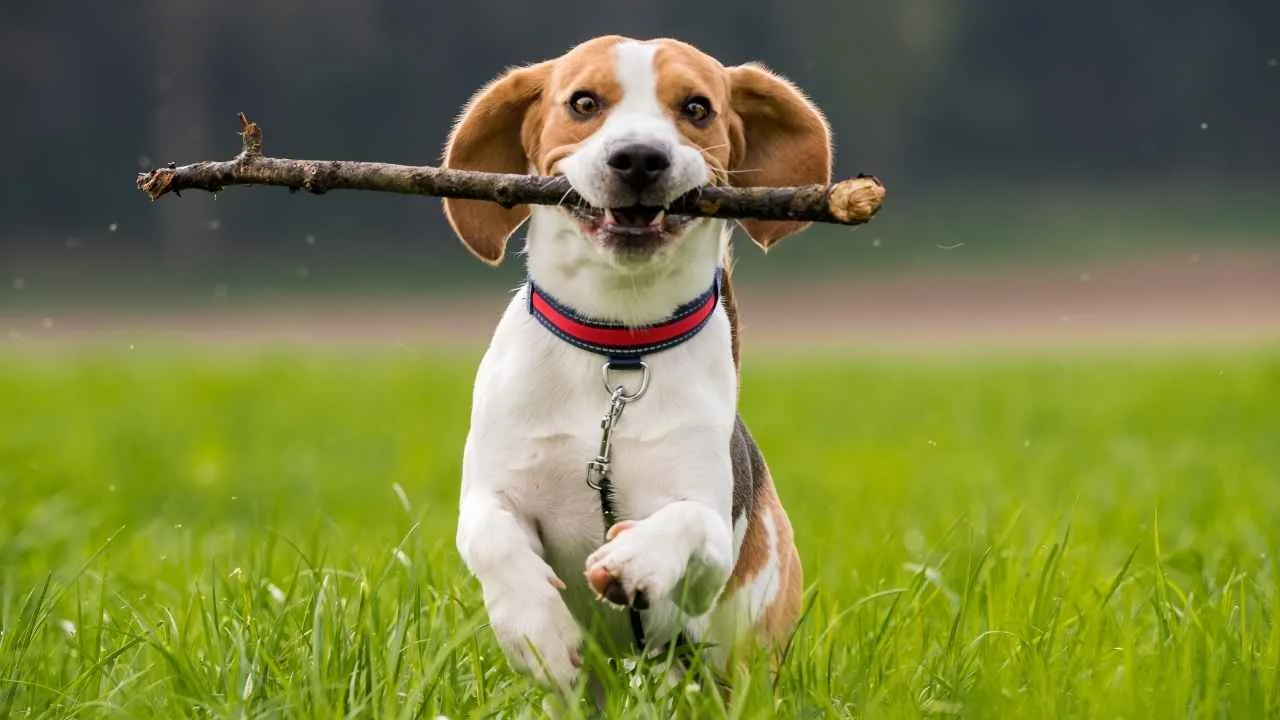
The Beagle is one of the most scent-driven breeds in the world. Originally bred in England for hunting rabbits and hares, Beagles were meant to track in packs for hours. Their compact bodies and high endurance allow them to trail across long distances without tiring.
Beagles have around 220 million scent receptors, which makes them incredibly effective in scent-related roles. They’re used widely in customs and agriculture departments to detect contraband due to their friendly appearance and non-threatening size.
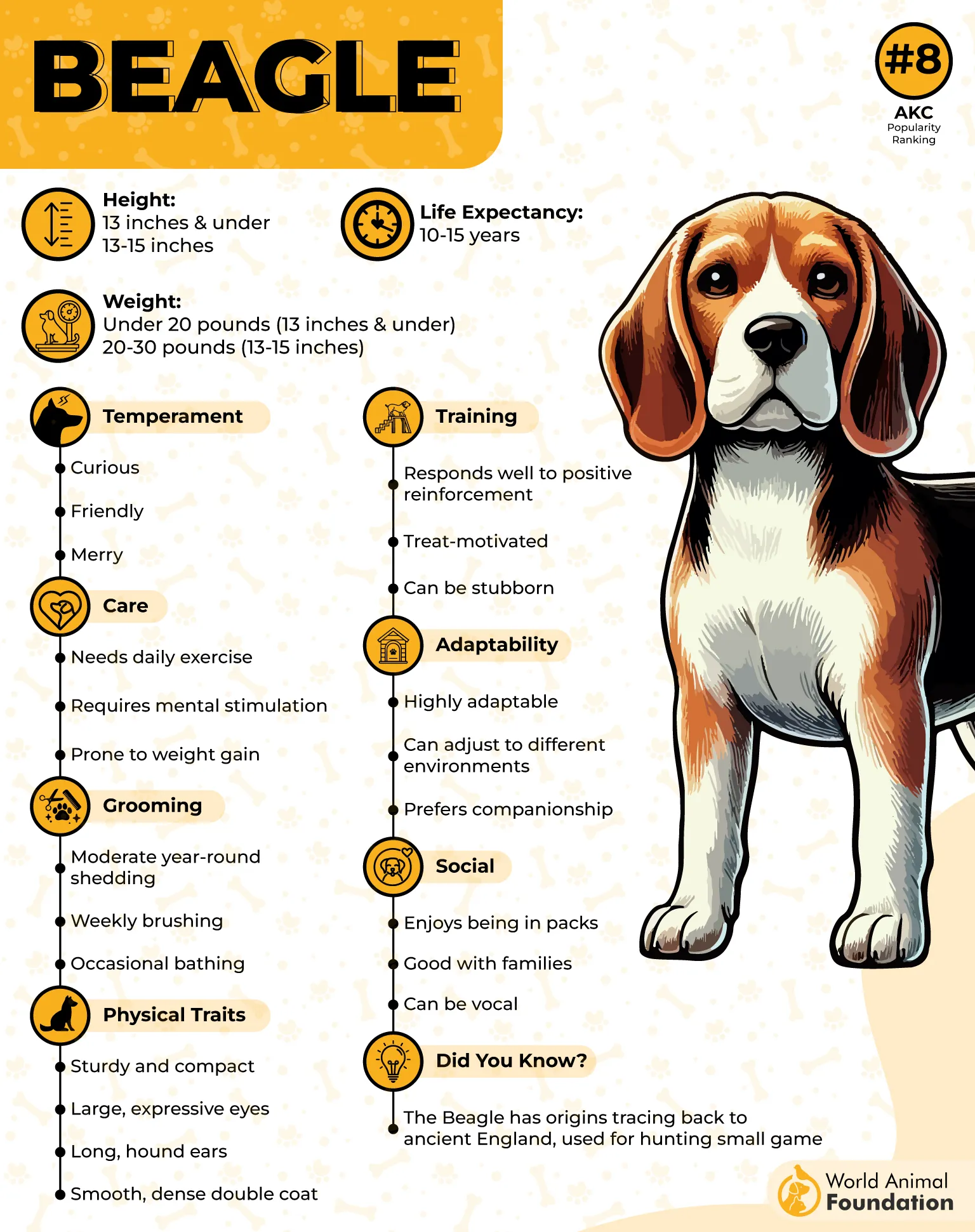
Their intense drive to follow scent means Beagles often tune out distractions, including commands. This can make training a challenge without consistency and patience. Early leash training is critical to manage their impulse to follow trails.
Despite their working instincts, Beagles are cheerful and affectionate pets. They love children, tolerate other animals well, and thrive in households with plenty of stimulation. They’re happiest when given a task, especially one that involves using their nose.
Beagles are prone to vocalizing, especially when on a scent trail or when left alone. Their signature “bay” is distinct and was once used to help hunters locate them in dense terrain. Today, it often echoes in family homes if not managed early.
Fun Fact:
Beagles were one of the first breeds selected for scent detection work in U.S. airports, forming the USDA’s “Beagle Brigade.”
3. German Shepherd
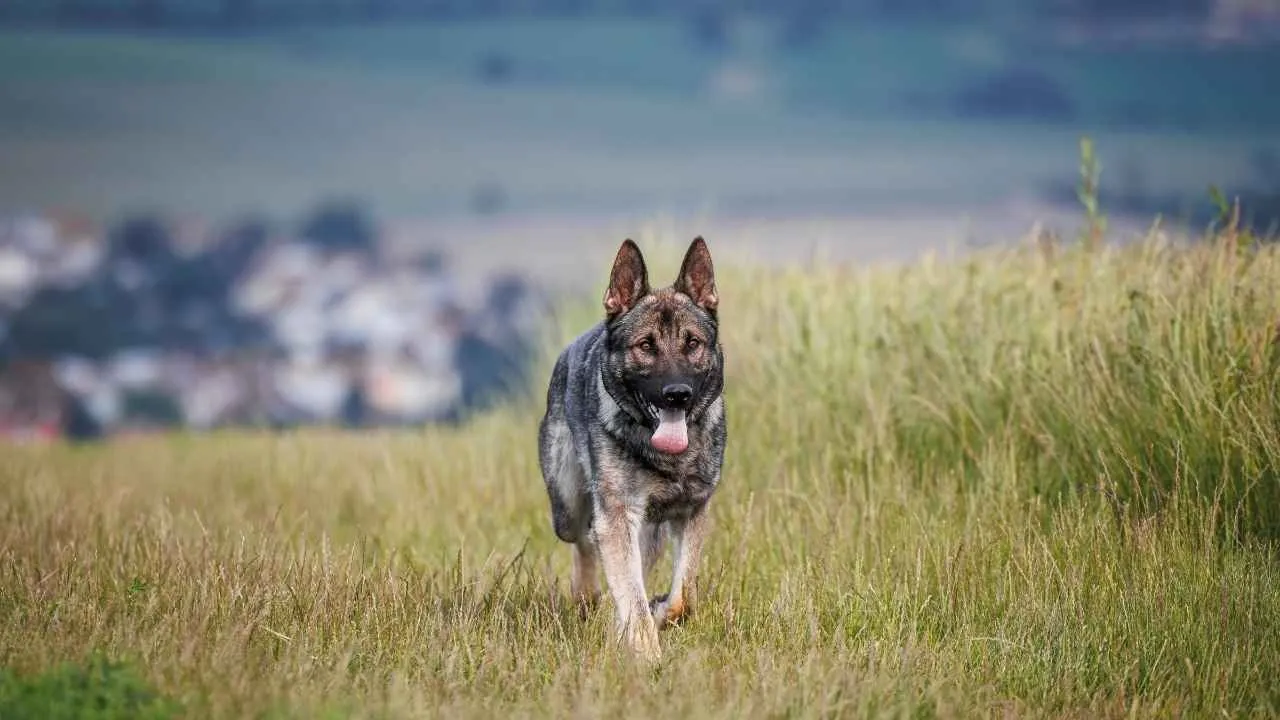
The German Shepherd is a highly intelligent and physically capable breed that thrives in structured working environments. Originally bred for herding sheep, their versatility has made them one of the most widely used breeds in police, military, and search-and-rescue operations worldwide.
German Shepherds excel in tracking due to their focus, stamina, and ability to detect human scent even in chaotic environments. They are known for their precision and discipline, making them ideal for urban tracking, missing person searches, and disaster zone recovery.
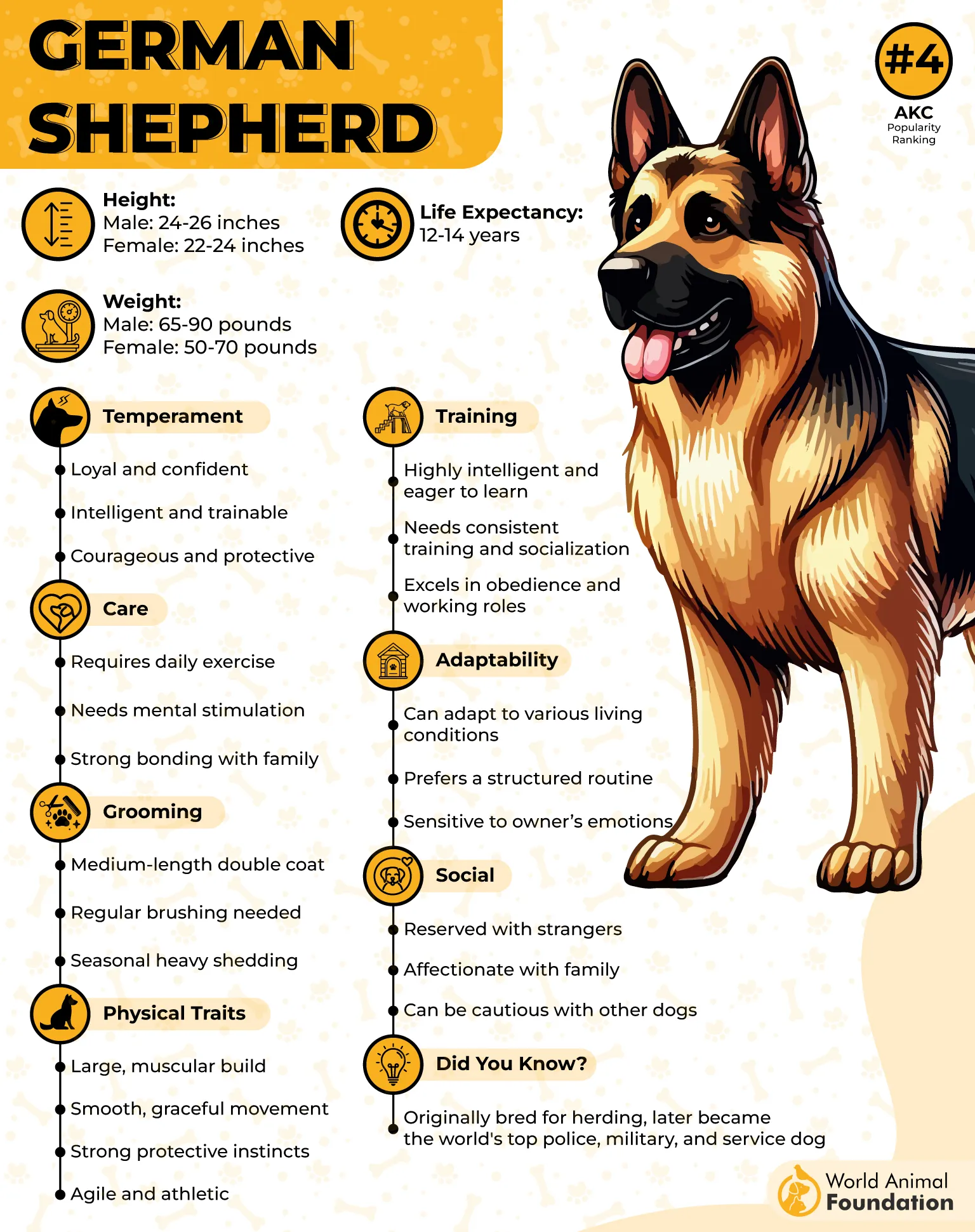
This breed is highly trainable and enjoys learning new tasks. Obedience training is not just encouraged—it’s essential for managing their energy and strong protective instincts. They respond best to handlers with experience and consistency.
Though often seen as serious workers, German Shepherds form deep bonds with their families. They are loyal and affectionate with their people and are excellent with older children. They do best in homes where they can be both physically and mentally engaged.
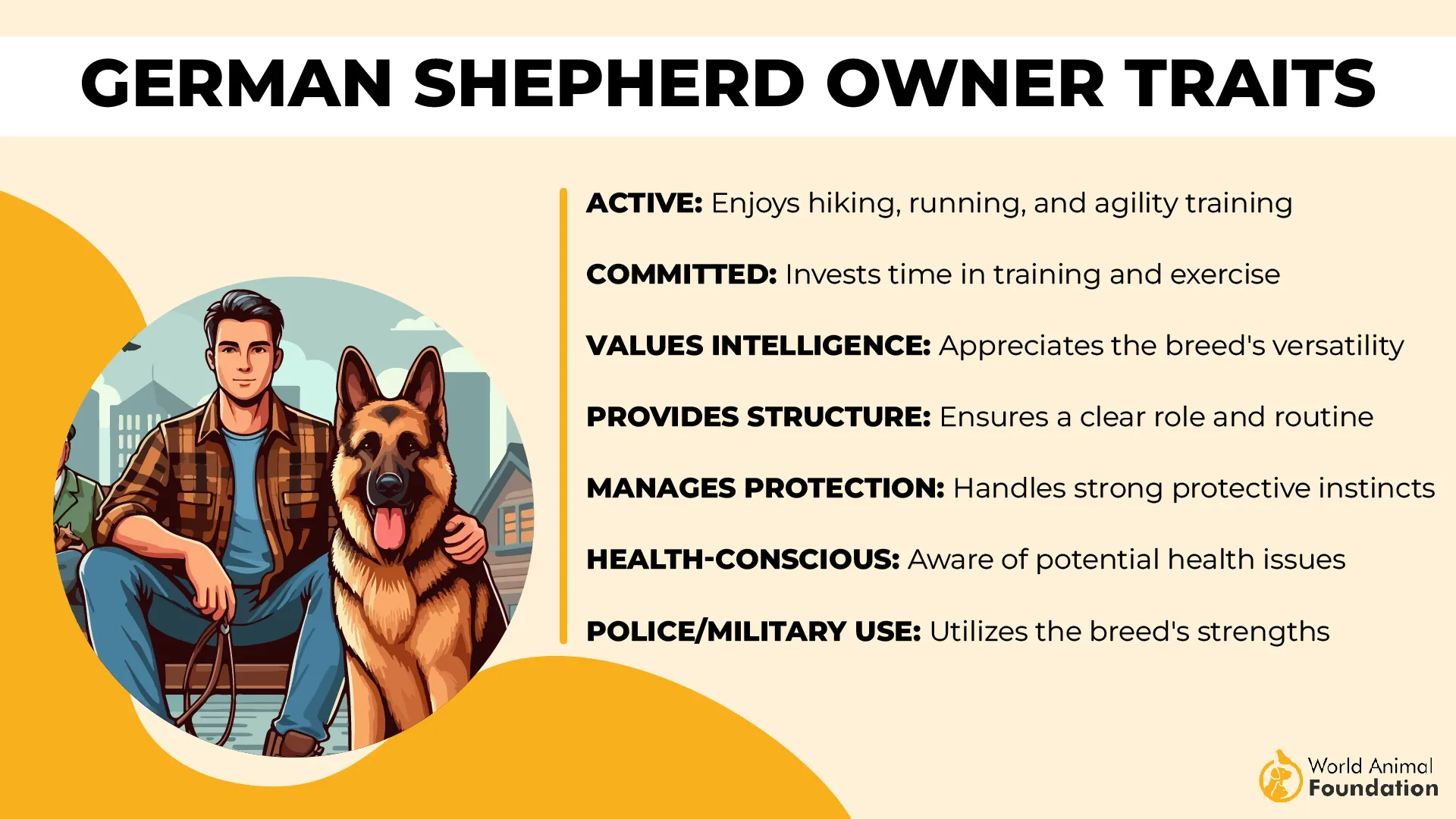
They have a thick double coat that requires regular brushing, especially during seasonal shedding. As athletic dogs, they need room to move and thrive with outdoor activities and purposeful work.
Fun Fact:
A German Shepherd named “Trackr” helped locate the last survivor pulled from the rubble after the 9/11 World Trade Center attacks.
4. American Foxhound
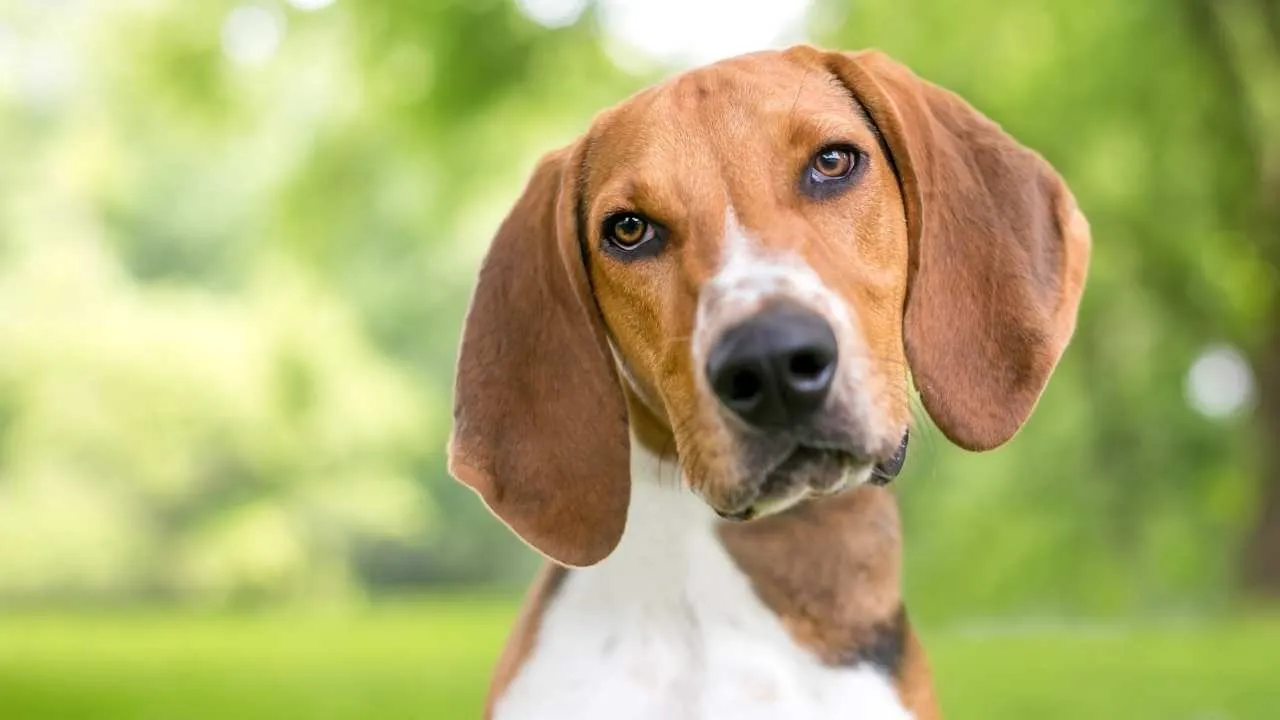
Bred specifically for scent-driven pursuits, the American Foxhound is a lean, graceful hunter with an extraordinary nose. Developed in the United States from European hounds, this breed was created for endurance tracking, especially of foxes over long distances.
American Foxhounds are known for their tenacity. Once they’ve picked up a scent, they can follow it for hours without losing focus. Their musical voice, used during hunts, is loud and persistent—less than ideal in close-knit neighborhoods.
These dogs are independent by nature, which can make training a bit more complex. While they respond to positive reinforcement, their instinct to follow scent often overrides obedience unless well-managed from an early age.
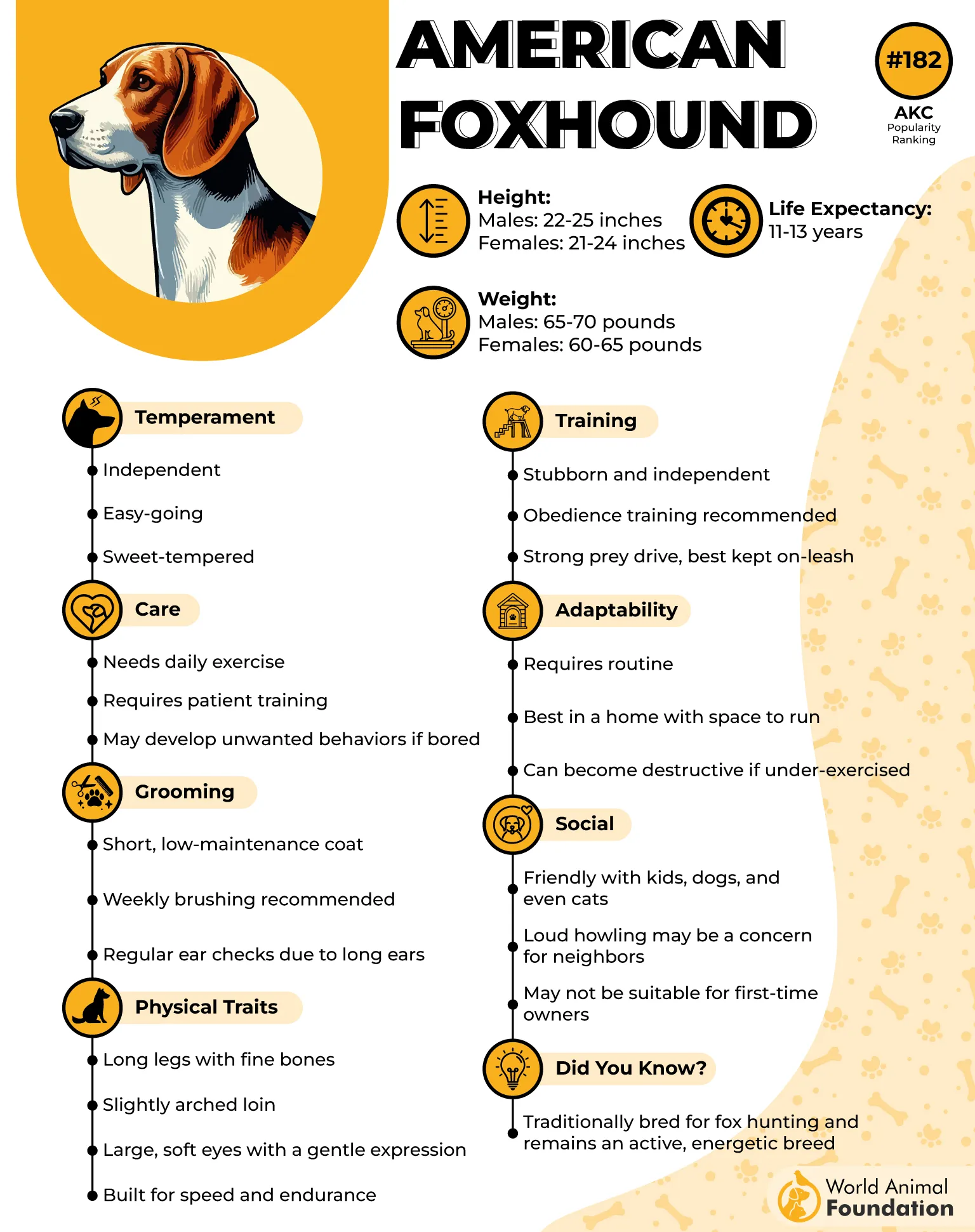
Foxhounds are pack animals and do well with other dogs, particularly when raised with them. They’re gentle, patient, and friendly with people, but may not be the most interactive companions unless regularly exercised.
Their short coat is easy to maintain, but their energy needs are not. A rural setting or large fenced-in area is best for this breed, as they need space and purpose to stay satisfied and mentally balanced.
Fun Fact:
George Washington kept a large pack of American Foxhounds and is credited with helping refine the breed during the nation’s early years.
5. Bluetick Coonhound

The Bluetick Coonhound is a rugged, scent-driven breed known for its cold-trailing abilities—meaning it can follow older, fainter scent trails other dogs might miss. Originally bred in the southern United States to hunt raccoons, this breed is a tracking expert both day and night.
Blueticks have a striking coat with dark ticking patterns and a muscular build made for long hunts. Their powerful noses and natural drive make them capable of tracking across uneven or forested terrain with incredible persistence. They rarely give up once on a trail.
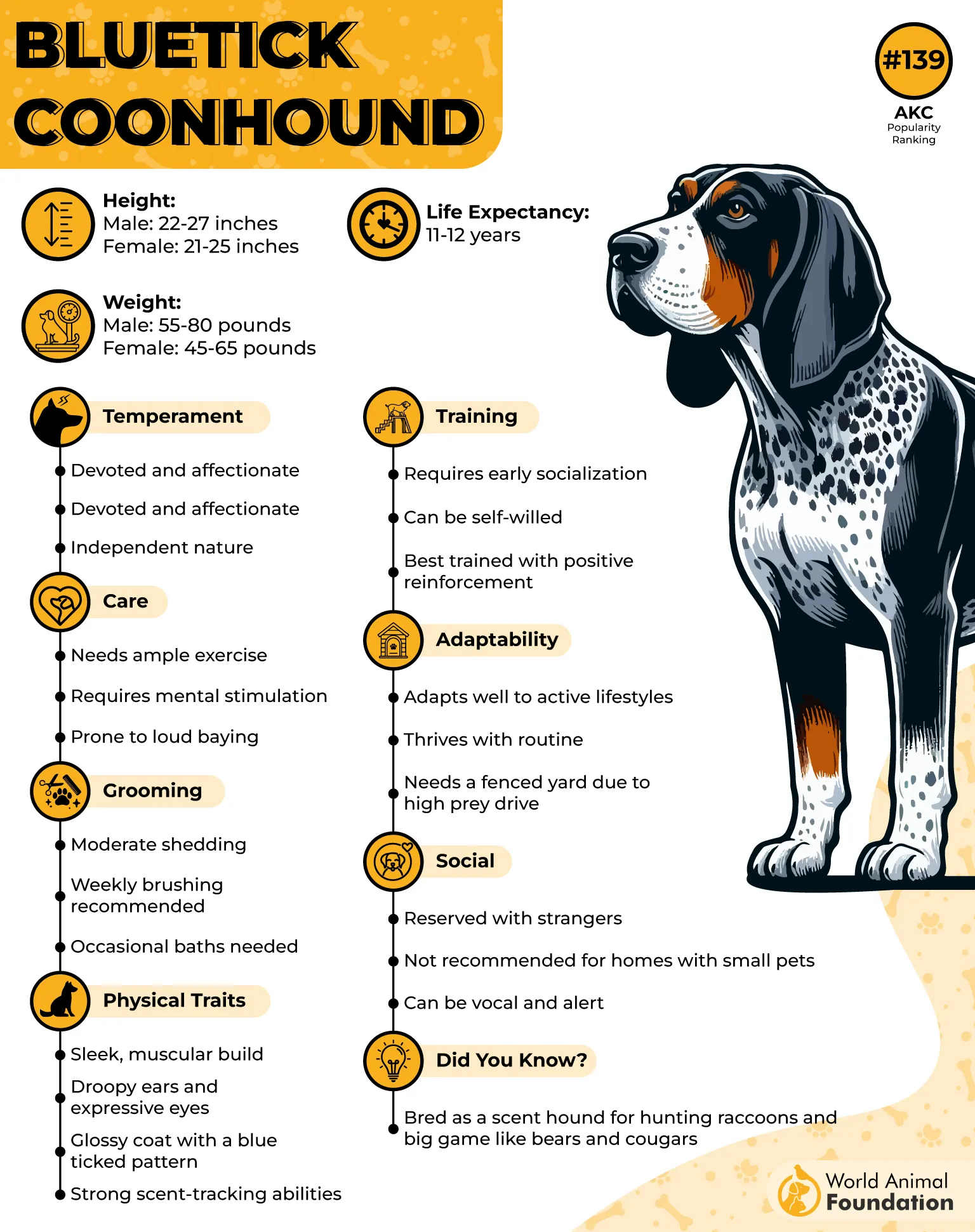
They are extremely vocal, using deep, melodious howls to alert handlers or signal when they’ve treed prey. While this trait is valuable in the field, it can be a handful in suburban or urban settings. Blueticks are best suited for rural homes.
Training requires patience and a firm hand, as their independence can make them slow to respond to commands, especially when focused on a scent. That said, they are loyal and can bond closely with dedicated owners who understand hound behavior.
Social, affectionate, and energetic, Blueticks are great companions for active households or those who enjoy outdoor adventures. As per PetMD, they benefit greatly from daily exercise and tasks that engage their mind and noses.
Fun Fact:
The Bluetick Coonhound is the official mascot of the University of Tennessee, where the beloved “Smokey” leads the football team onto the field.
6. Basset Hound

With its droopy face, long ears, and mournful eyes, the Basset Hound may not look like a tracking expert, but don’t be fooled. This breed has one of the most powerful noses in the dog world and excels at ground-level scent detection.
Basset Hounds were developed in France for slow-paced, foot-level hunting, particularly for rabbits and other small game. Their long ears and loose skin help trap scent particles near their nose as they move, enhancing their tracking ability.
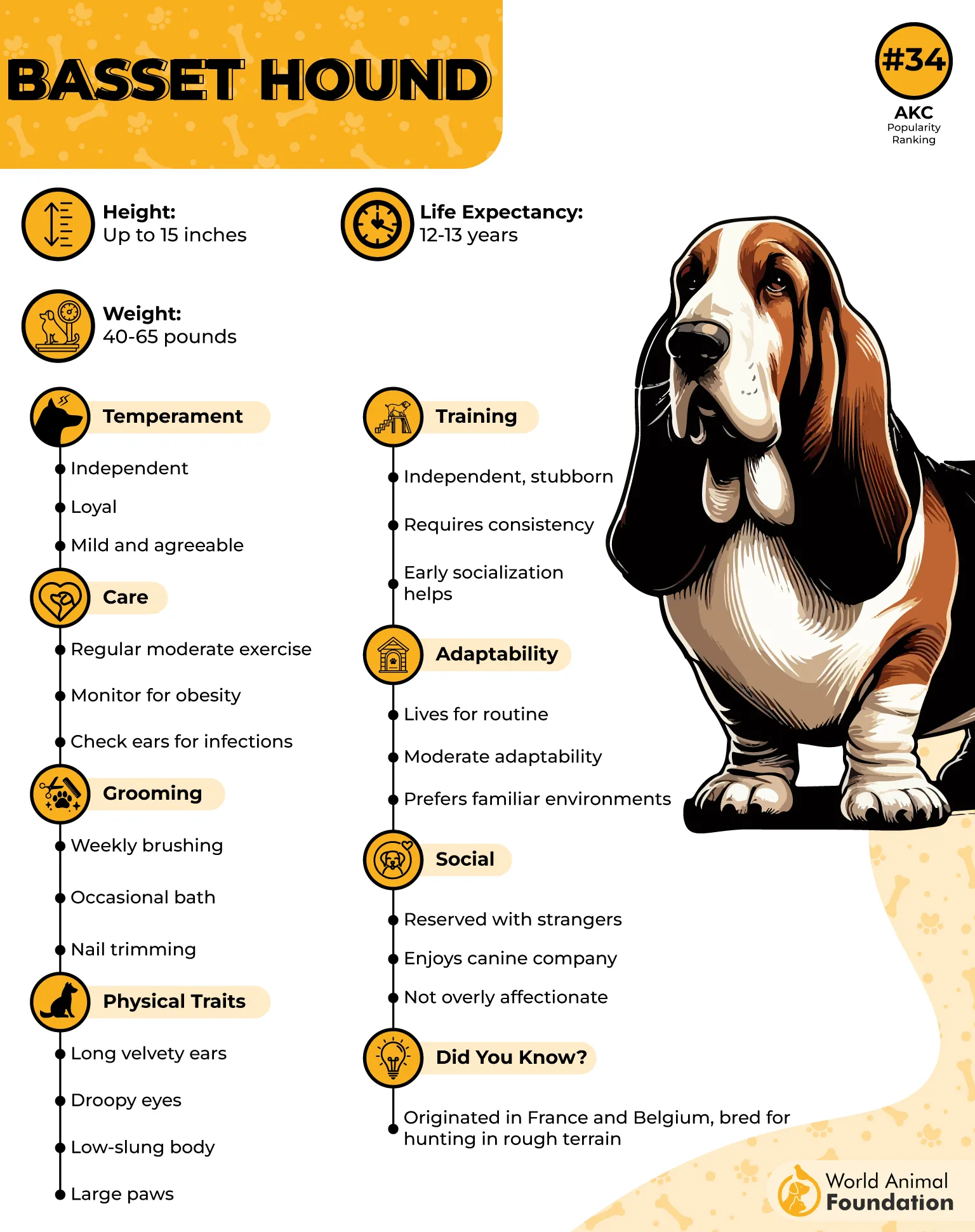
Despite their short legs, Basset Hounds have a strong work ethic and will follow a scent for miles if allowed. They are methodical and stubborn trackers, often ignoring distractions once focused. This can make it difficult to recall mid-trial.
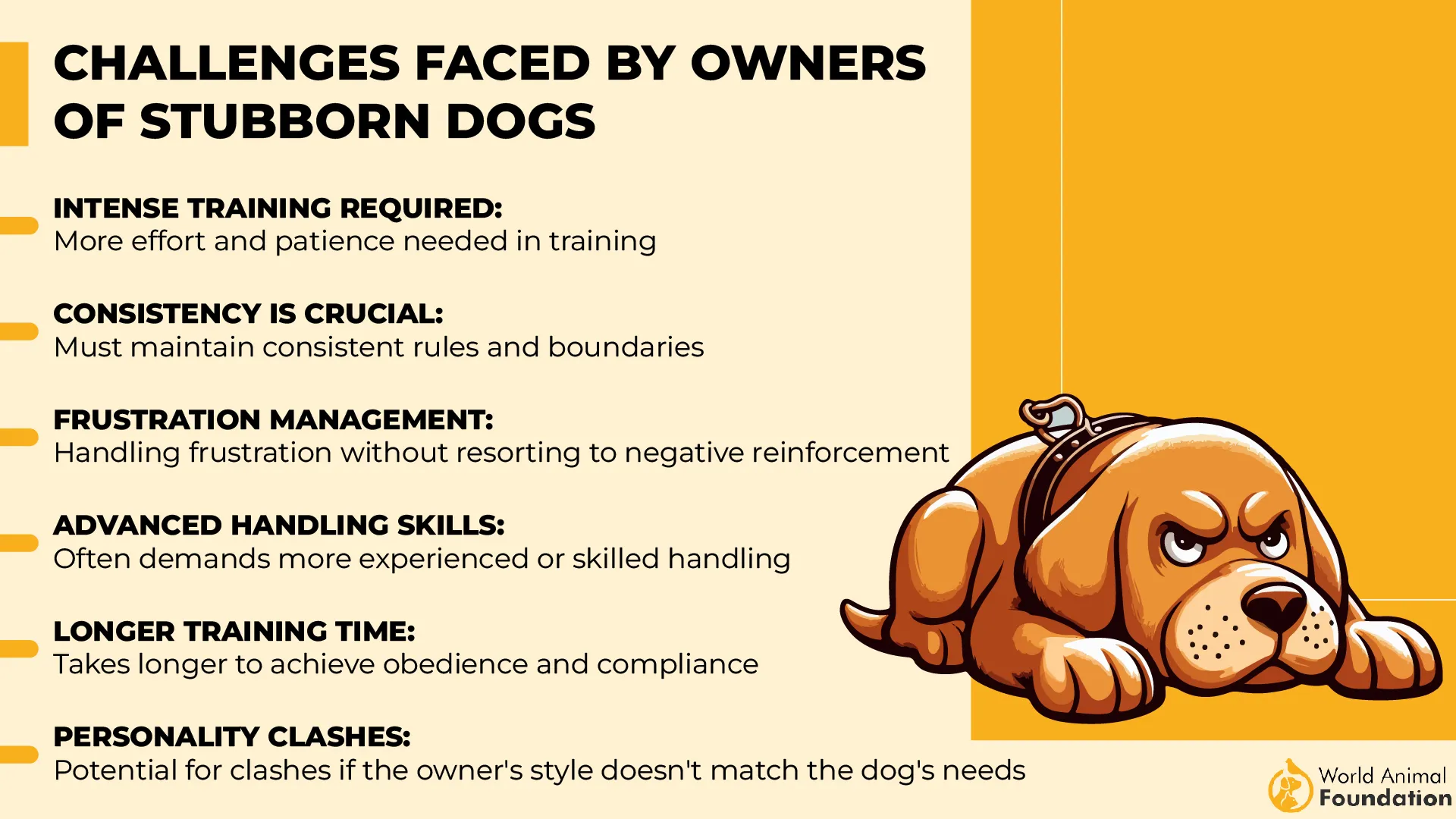
They’re generally calm and easygoing at home, making them a good match for families and quieter households. However, they need regular opportunities to use their nose, or boredom can lead to destructive behavior, or nonstop baying.
Their coat is low-maintenance, but their ears and skin folds require cleaning to avoid infections. Though they look slow and sleepy, Basset Hounds are driven by scent and need mentally engaging tasks to stay fulfilled.
Fun Fact:
Basset Hounds have roughly 275 million scent receptors—more than any other breed except the Bloodhound.
7. Belgian Malinois
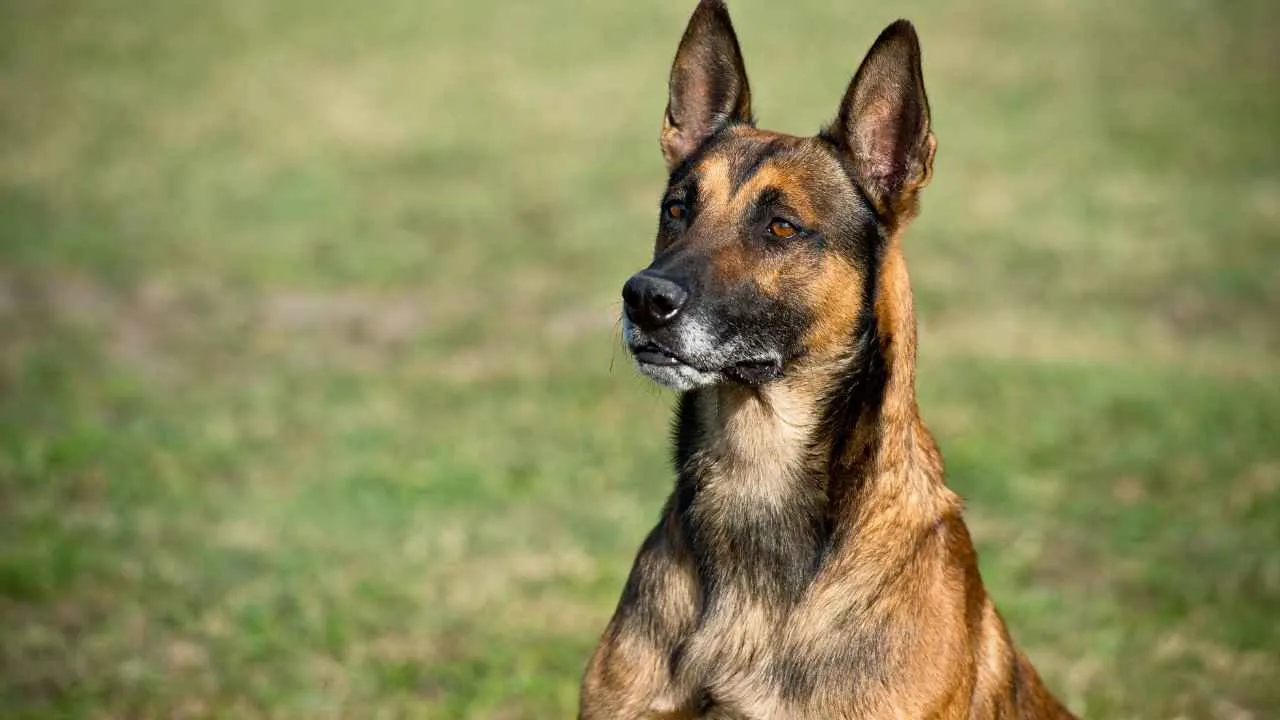
The Belgian Malinois is a high-energy, high-drive breed that thrives in working roles, especially tactical tracking. Originally bred for herding in Belgium, this dog has become a favorite for military and police K9 units thanks to its precision and stamina.
Malinois can track human scent across various surfaces and through chaotic environments, including rubble and urban terrain. Their speed, agility, and laser focus make them ideal for tasks like narcotics detection, search and rescue, and criminal apprehension.
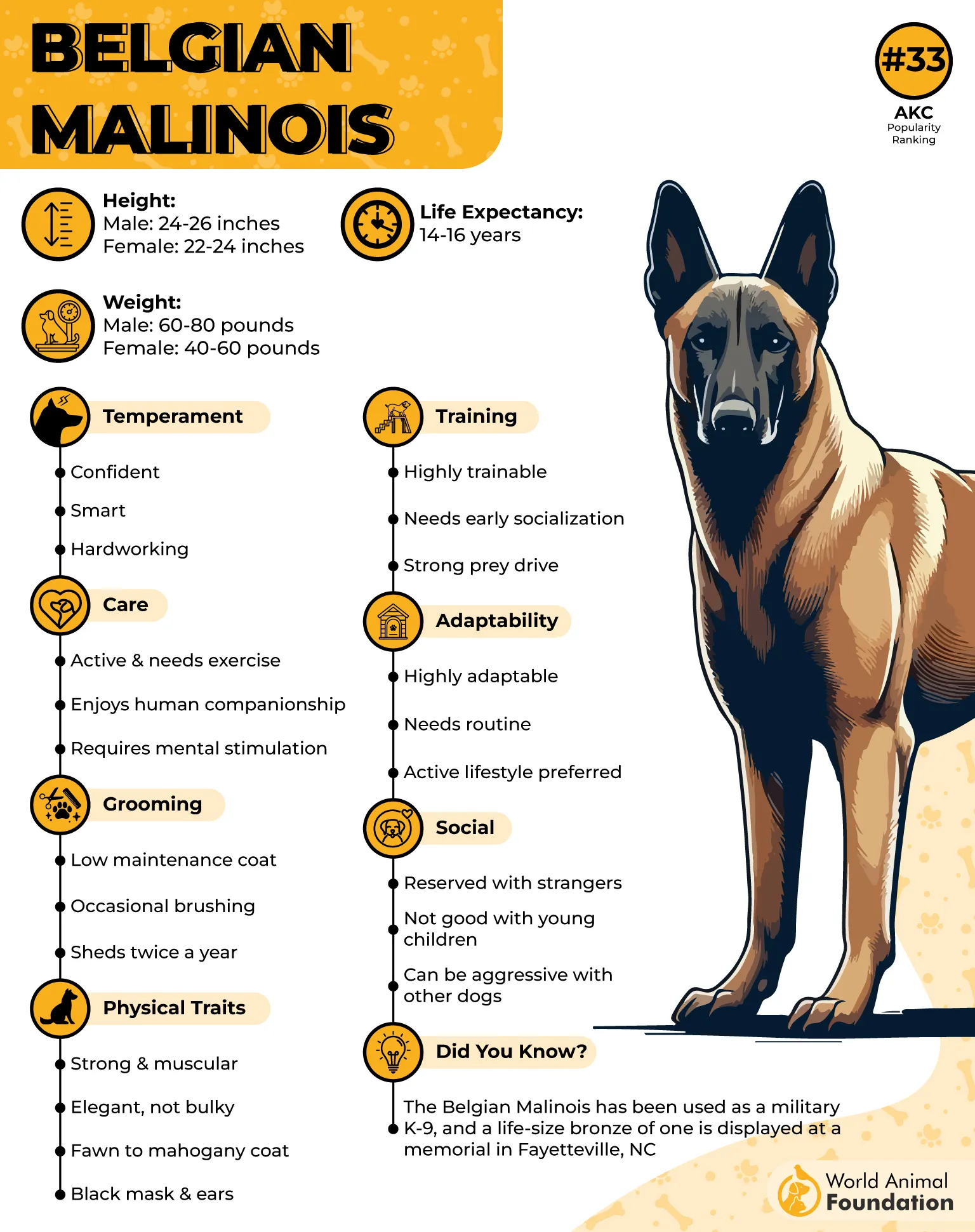
This breed is not for casual owners. Malinois need extensive mental stimulation, structured training, and purposeful work. Without it, they may become anxious or develop behavioral issues. Their intelligence and drive demand experienced handling.
They are protective, loyal, and often bond strongly with one person. While friendly with early socialization, their instincts make them natural guardians. They excel when paired with handlers who work alongside them daily.
Their short coat is easy to maintain, but everything else about them is high-intensity. They need daily structured activity and absolutely must have a job to do—tracking is one of their favorite outlets.
Fun Fact:
A Belgian Malinois named Cairo accompanied the Navy SEALs on the mission that located Osama bin Laden, showcasing the breed’s elite tactical tracking skills.
8. German Shorthaired Pointer
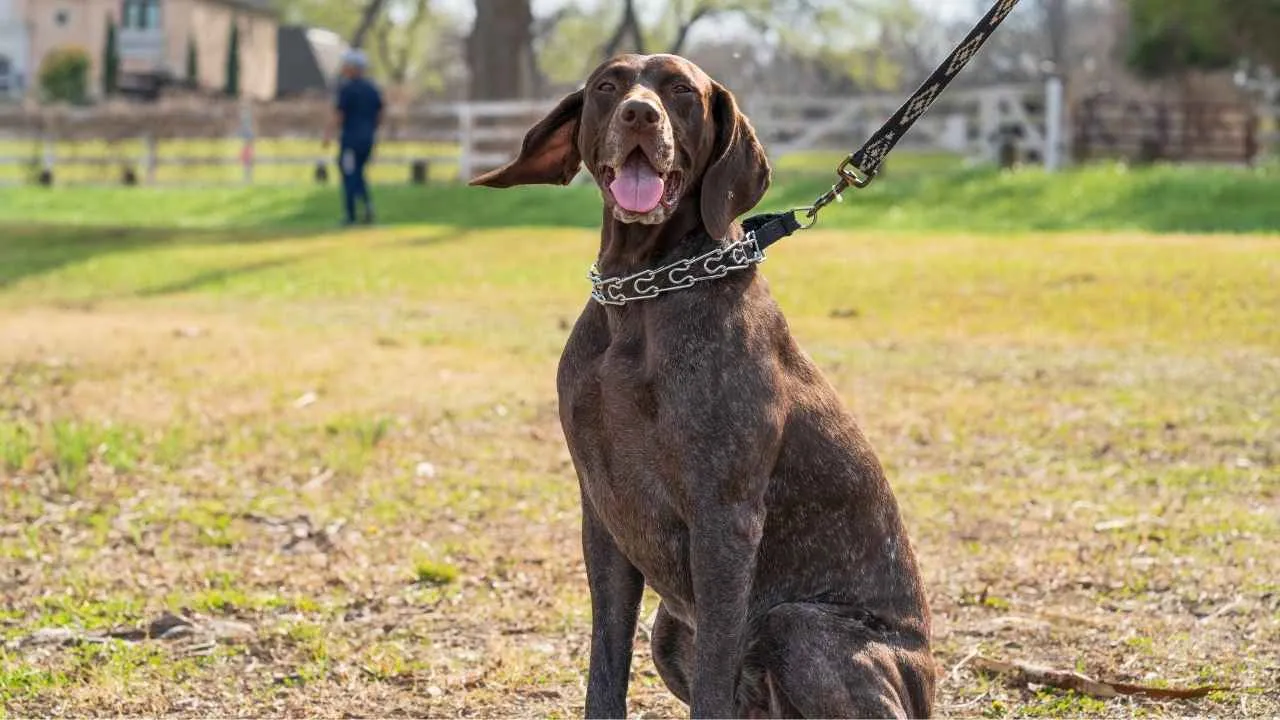
The German Shorthaired Pointer (GSP) is a versatile hunting and tracking dog that was bred to locate upland game birds and retrieve waterfowl. Their ability to use both air scent and ground scent makes them unique among working breeds.
WebMD states that the GSPs are highly athletic and thrive on activity. They can track scent over long distances and challenging terrain, combining a sharp nose with speed and agility. They’re frequently used in competitive tracking trials and search efforts in wide-open environments.
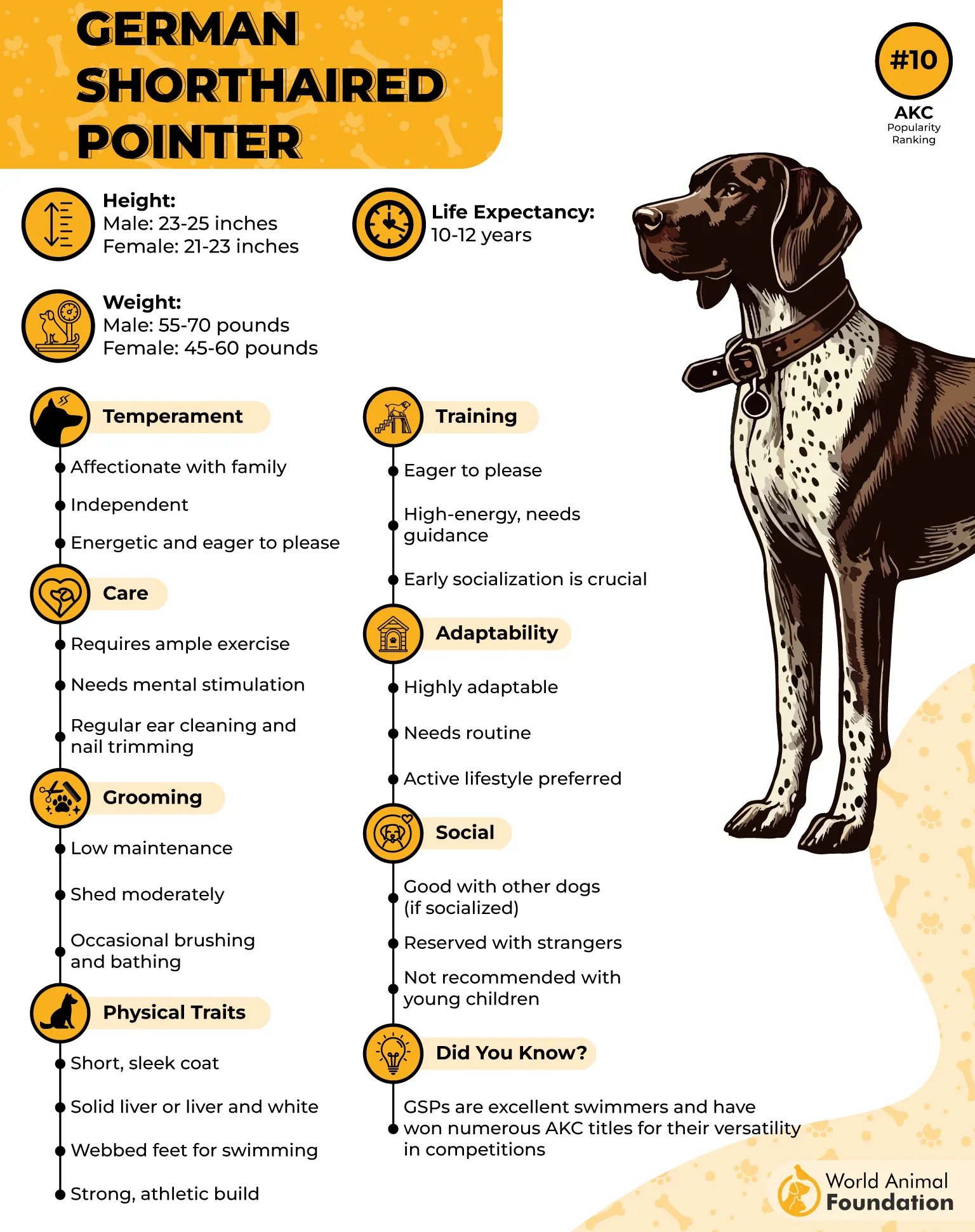
Their eagerness to learn and desire to work alongside people make them easier to train than some hound breeds. They excel at both obedience and advanced scent work when given consistent leadership and exercise.
These dogs are affectionate, good with children, and often friendly with other pets. They do best in homes where they can be active daily, especially in outdoor spaces where their instincts can be safely engaged.
Their short coat is low-maintenance, but they shed steadily and benefit from regular brushing. Mental stimulation is a must—without it, GSPs can quickly become destructive or difficult to manage.
Fun Fact:
German Shorthaired Pointers are one of the few breeds equally skilled at tracking on land and retrieving in water.
9. Chesapeake Bay Retriever
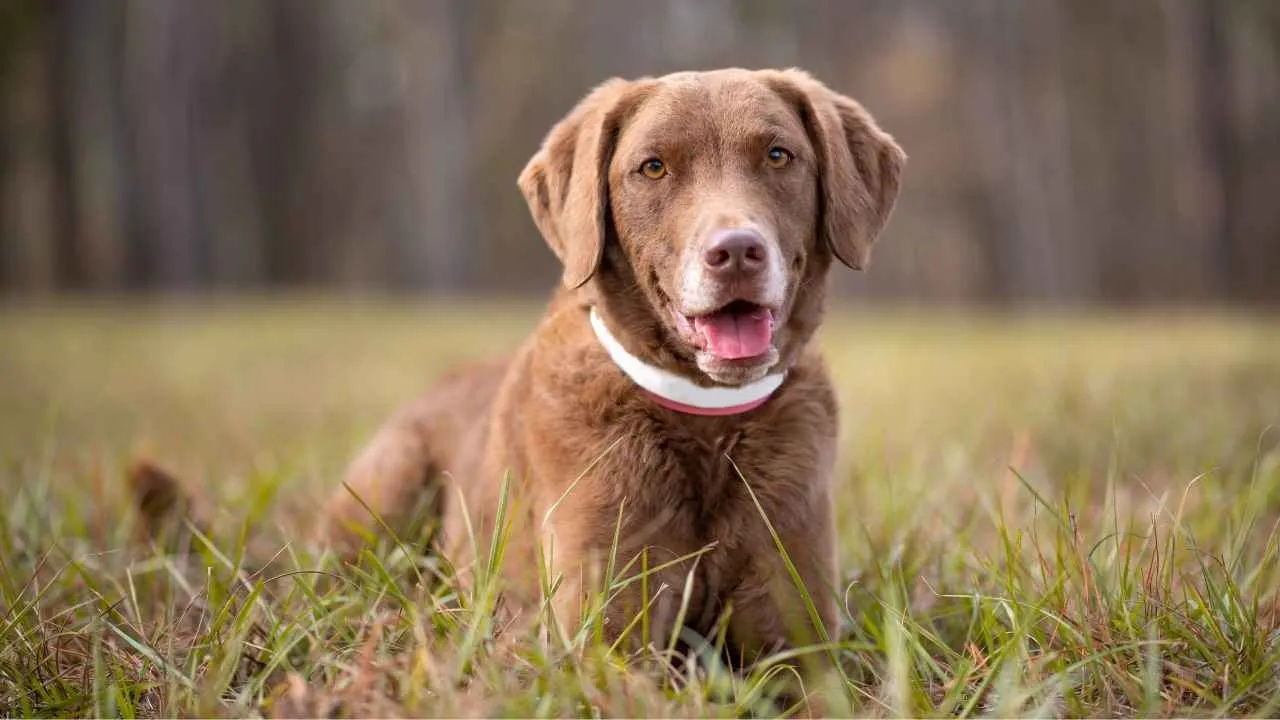
The Chesapeake Bay Retriever, or Chessie, is a tough, water-loving breed originally developed to retrieve ducks in the icy waters of Maryland’s Chesapeake Bay. Known for its strength, stamina, and intelligence, the Chessie also has excellent scenting abilities, particularly in aquatic environments.
These retrievers are slightly more independent and reserved than Labradors, but no less capable. They excel in scent-based work when properly trained and are often used in both hunting and detection scenarios involving water or rugged terrain.
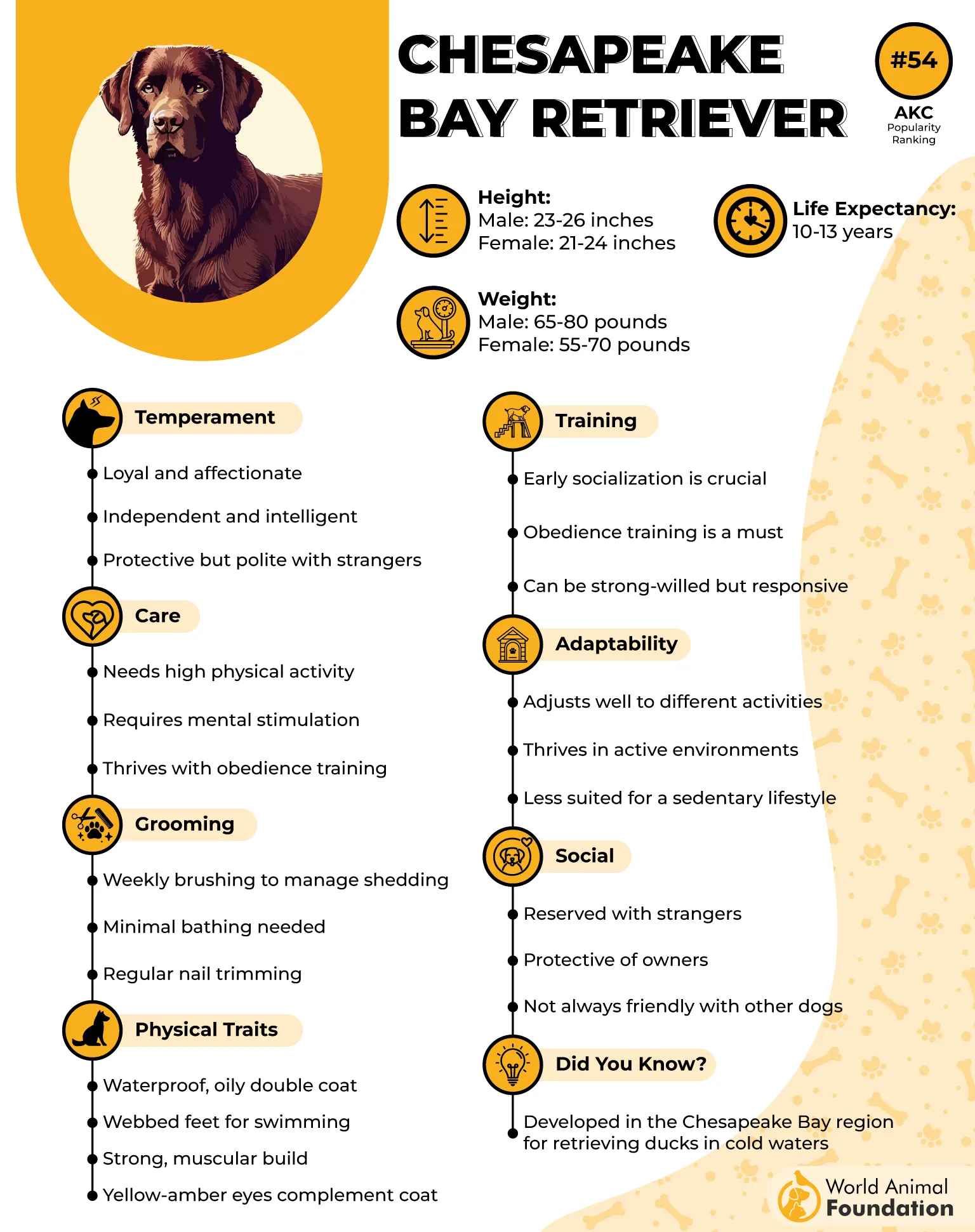
Chessies are highly protective of their homes and families. While friendly with familiar people, they may be wary of strangers. Early socialization and obedience training help them become well-balanced companions.
This breed is best for experienced owners who understand working dog behavior. Chessies thrive when given structure, clear expectations, and meaningful work to do. Without consistent engagement, they may become stubborn or aloof.
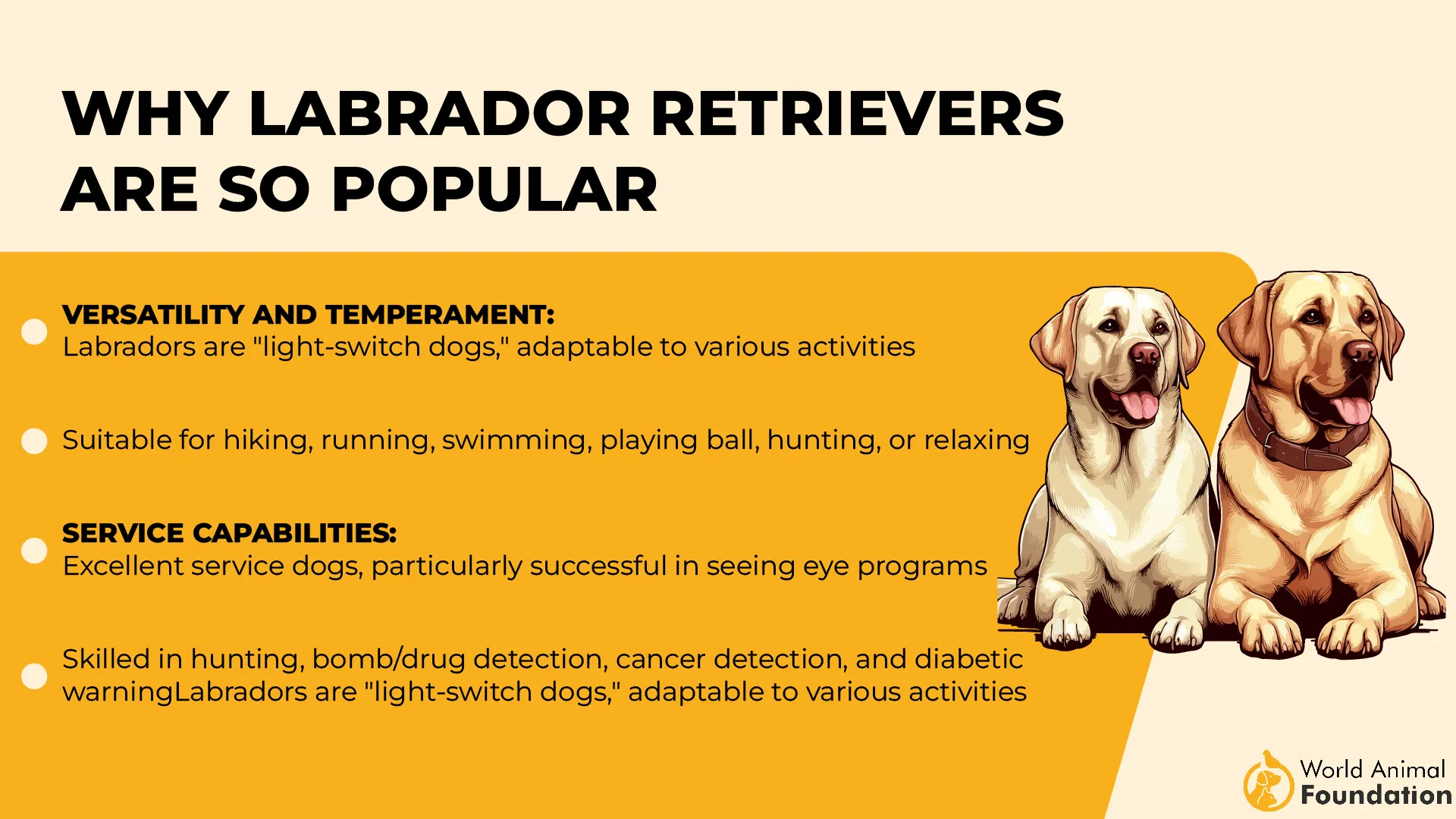
Their dense, oily coat resists water and offers insulation but requires regular brushing to stay clean and free of debris. These dogs are happiest when active, especially outdoors, and they love to use their nose in any setting.
Fun Fact:
Chesapeake Bay Retrievers have been known to retrieve hundreds of birds in a single day, often using scent to locate fallen game in freezing water.
Conclusion
Tracking breeds are more than just skilled hunting dogs—they’re loyal, intelligent, and often make incredible family dog companions. Many, like the Golden Retriever and English Springer Spaniel, are also classic bird dogs, prized for their reliability and instincts in bird-hunting scenarios.
With the right approach, it’s easy to train hunting dogs to be focused, responsive, and well-behaved both in the field and at home. These breeds are highly driven and thrive when given structure, exercise, and purpose. As active dogs, they need more than a backyard—they need stimulation and a reason to use their nose.
Organizations like the United Kennel Club continue to recognize these breeds as top-tier working dogs, and it’s easy to see why. From tracking missing persons to finding game, these canines offer both form and function. Just remember—hunting dogs eat with gusto and live with even more, so be ready to keep up.
Whether you’re seeking a good hunting dog or an outdoor-loving partner for your family, these breeds are born to work—and eager to bond.

